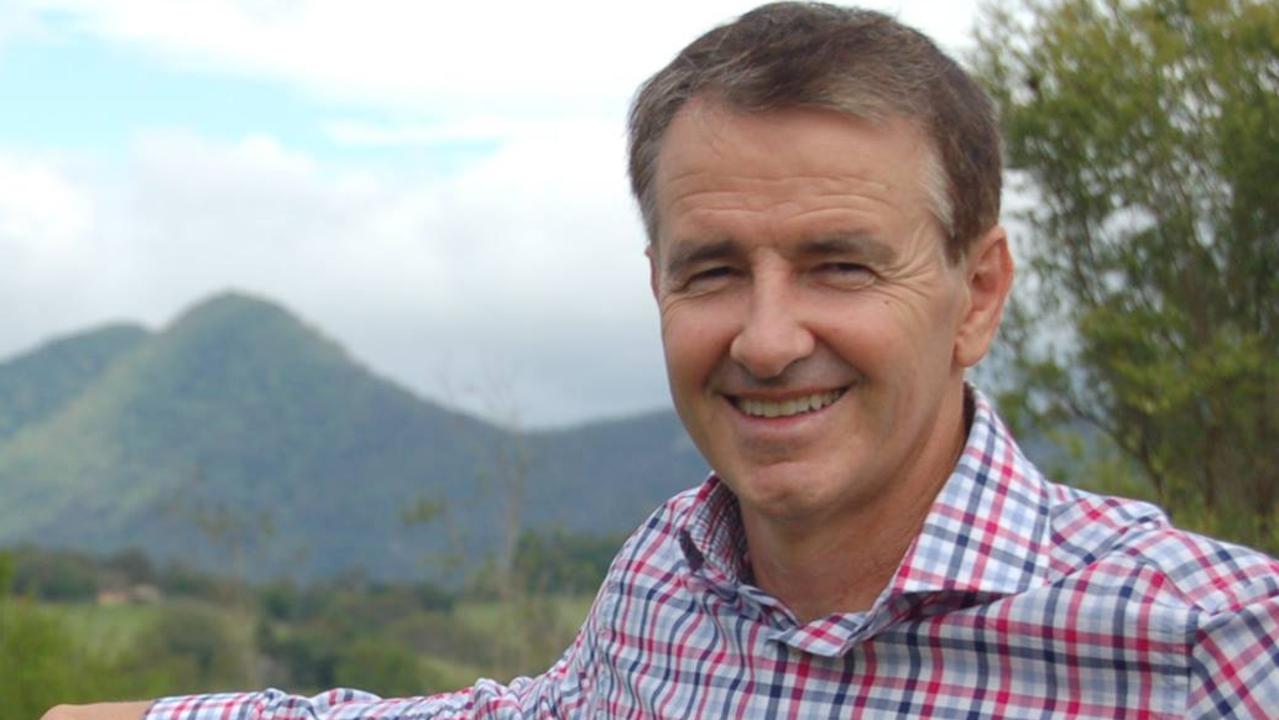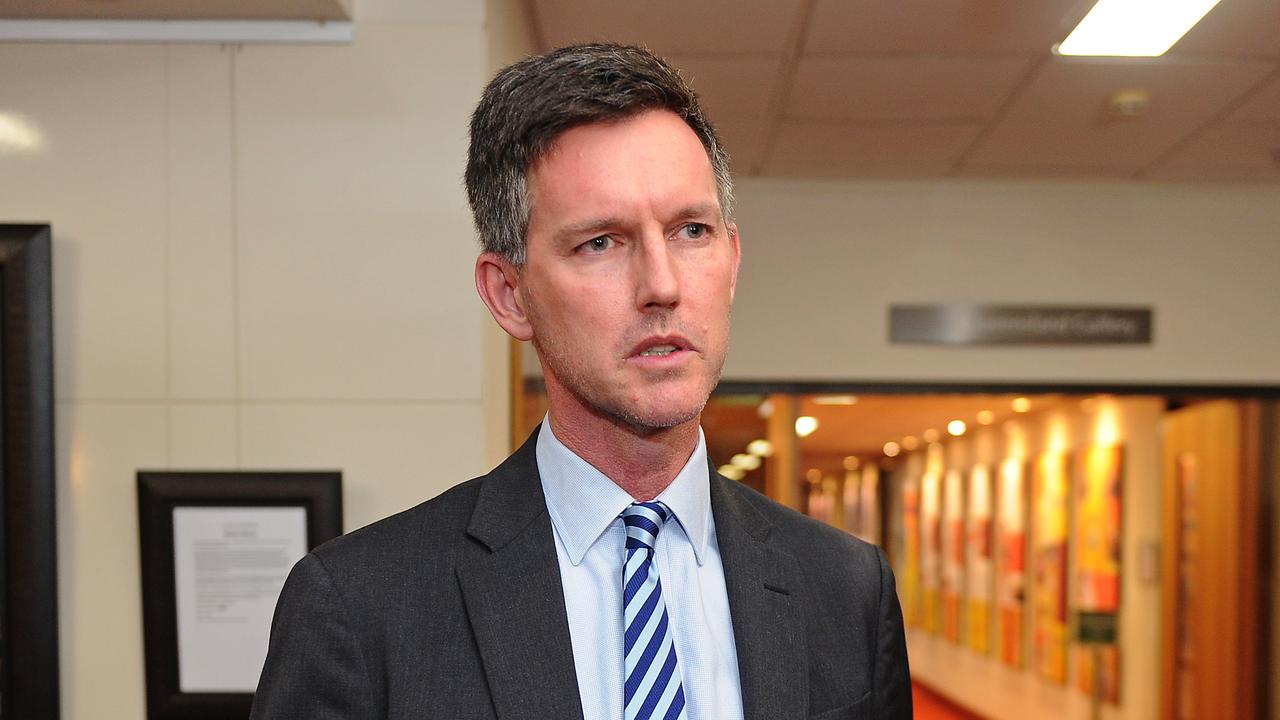Queensland election: Shake-up makes poll hard to predict
This Queensland election will be fought on dramatically reshaped electoral boundaries and with compulsory preferential voting.

This Queensland election will be the first fought on dramatically reshaped electoral boundaries that increase the number of seats from 89 to 93, and will be the first where voters must number every box on their ballot papers.
Queensland has undergone historic electoral reforms this term — the introduction of fixed four-year terms and compulsory preferential voting and incorporating the biggest redistribution in decades — that, along with the re-emergence of One Nation, mean the result of November 25 election is unpredictable.
A redistribution was ordered last year after the parliament voted for four seats to be created. The vote was pushed by the Liberal National Party, which believed the new seats would likely lean towards it.
However, the independent redistribution commission ordered dramatic changes, resulting in a net increase of four seats (with six new seats altogether), the abolishment of two electorates, the renaming of several, and redrawn boundaries for most.
Of the 93 seats to be contested, 48 now are notionally Labor, 43 are notionally LNP and two should remain with the Katter’s Australian Party. In the newly drawn parliament, 47 is the magic number of seats needed for a working majority.
Three LNP-held seats are now considered notionally Labor (Mansfield and Mount Ommaney in Brisbane, and Burdekin in north Queensland), while only one Labor-held electorate has notionally shifted to the LNP (Pumicestone, north of Brisbane). Pumicestone was complicated further on Friday when strife-ridden Labor MP Rick Williams was disendorsed by his party and will now run as an independent.
The leafy inner-city seat of Mount Coot-tha has been abolished, forcing Labor’s left-faction Environment Minister Steven Miles to contest the safer seat of Murrumba, in Brisbane’s outer northern suburbs.
In north Queensland, KAP MP Shane Knuth’s seat of Dalrymple was abolished, sending Mr Knuth more than 500km to run in the new seat of Hill.
Of the other new seats, at least three are likely to go to Labor: Jordan, east of Ipswich (notional Labor margin of 13.6 per cent), Bancroft, in the urban sprawl north of Brisbane (8.3 per cent) and Macalister, in the growth corridor between Brisbane and the Gold Coast (6.4 per cent).
The new seats of Ninderry (on the Sunshine Coast, notional margin of 6.9 per cent to the LNP) and the Gold Coast’s Bonney (2.2 per cent to the LNP) are leaning towards the LNP.
Labor’s surprise strategy last year to piggyback the introduction of compulsory preferential voting onto the parliamentary vote for four new seats may have backfired.
As one Labor strategist conceded recently, compulsory preferential voting is now a “bit of a mixed blessing”. The move was designed to cement the already strong flow of Greens preferences back to Labor.
However, that was before the resurgence of One Nation. Now, compulsory preferential voting — which requires voters to number every square of their ballot paper, where previously they could either to choose to preference or “just vote 1” — could send many One Nation voters’ preferences back to the LNP.
In the past, under optional preferential voting, a primary vote for One Nation might have exhausted and gone nowhere. Now, the question is what proportion of those now-compulsory preferences will flow back to the LNP, which has not ruled out seat-by-seat preference deals with Pauline Hanson’s party.
One Nation’s latest stated position is to put all sitting MPs last on its how-to-vote cards.
The Greens have announced they will put One Nation last on every how-to-vote card, with the LNP second last. Labor will also put One Nation last.
Yesterday was probably the last time a Queensland premier will be able to surprise voters with the election date, with the advent of fixed four-year terms, another change introduced during Annastacia Palaszczuk’s reign.
An election held on November 25 means the next poll will occur on Saturday, October 31, 2020, giving the victor a term of almost three years. If Ms Palaszczuk had waited until early next year to call the election, she would have guaranteed the winner a term of almost four years.
After that, elections will happen every four years on the last Saturday in October — barring any extraordinary circumstances.



